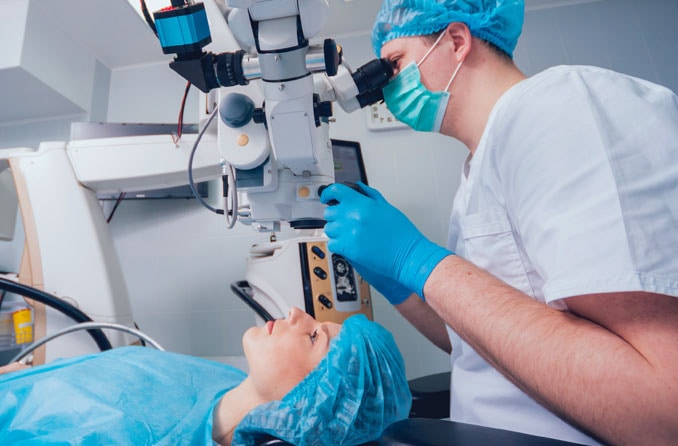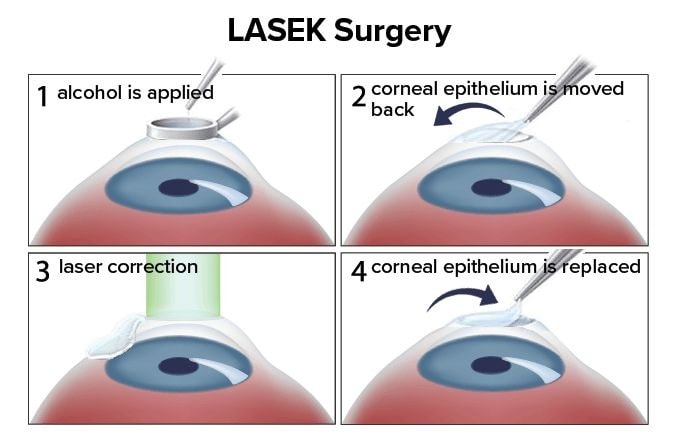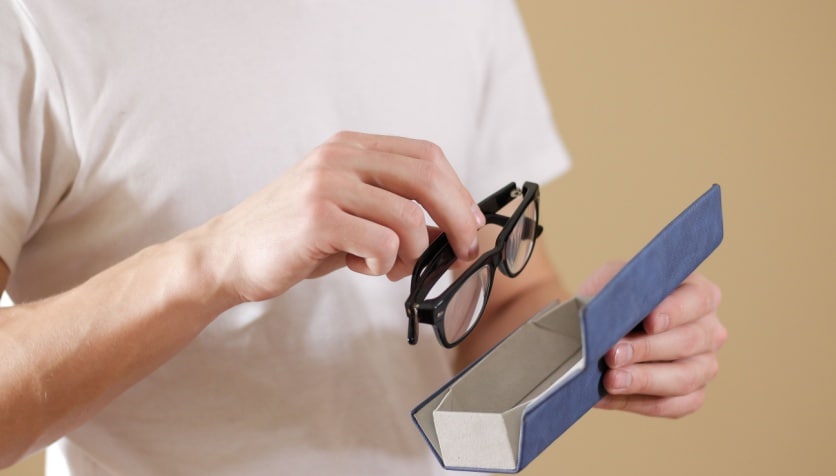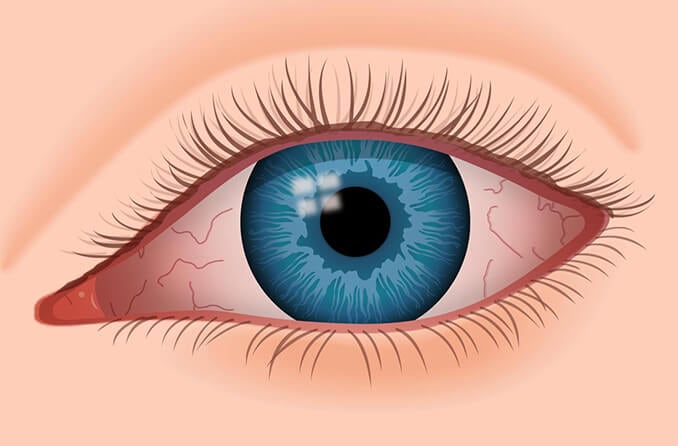Amblyopia (sometimes called "lazy eye") is reduced vision in one eye because the eye and the brain aren't working together properly. The affected eye often looks normal, but it's not being used normally — the visual part of the brain is favoring the other eye.
There are two primary causes of amblyopia: 1) misalignment of the eyes (called strabismus) and 2) the eyes having significantly different amounts of refractive error. The end result is the same: the brain favors one eye, causing poor vision in the other eye.
Typically, LASIK cannot help correct a lazy eye. But there might be an exception...
If one eye has significantly more nearsightedness, farsightedness or astigmatism than the other eye, it's possible the brain will begin to ignore the eye with greater refractive error, leading to amblyopia.
Because the power of eyeglass lenses affects the size of images that reach the back of the eye, it can be very uncomfortable for people in this situation to wear glasses — the unequal magnification caused by the dissimilar eyeglass lens powers can make them nauseated.
Because contact lenses sit directly on the surface of the eye, dissimilar contact lens powers in the two eyes don't cause the magnification problems associated with unequal eyeglass lens powers. So contacts usually are a better option than eyeglasses for people with dissimilar refractive errors that could cause lazy eye.
If a person with this condition (called anisometropia) cannot wear contact lenses safely or successfully, LASIK surgery might be the best way to fully correct their dissimilar refractive errors to prevent lazy eye.
If you've been told you are at risk of amblyopia if you don't wear your glasses or contact lenses full-time, ask your eye doctor if LASIK might be a good option for you.
It's important to understand the risks of LASIK if you already have amblyopia, however. Many doctors will not perform refractive surgery on the "strong" eye if the best-corrected vision in the amblyopic eye is 20/40 or less. Your eye doctor can discuss this further during your preoperative exam and consultation.










